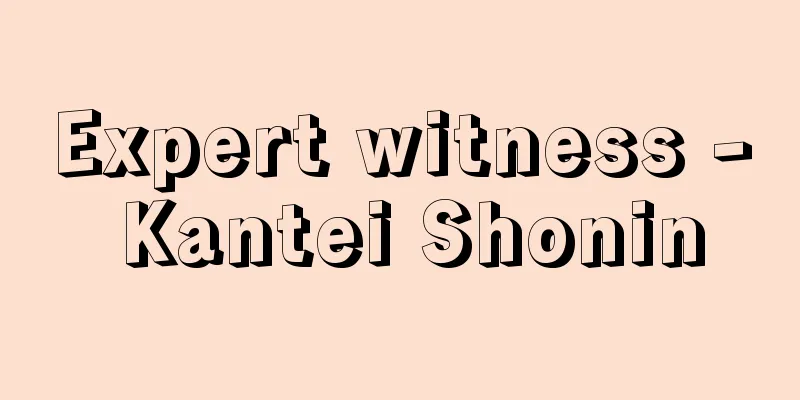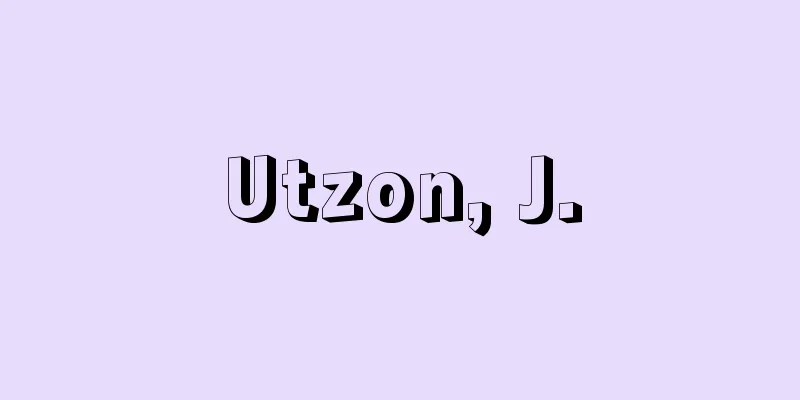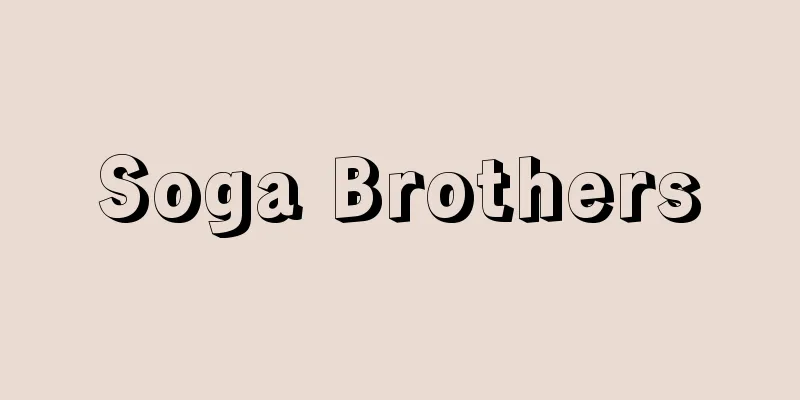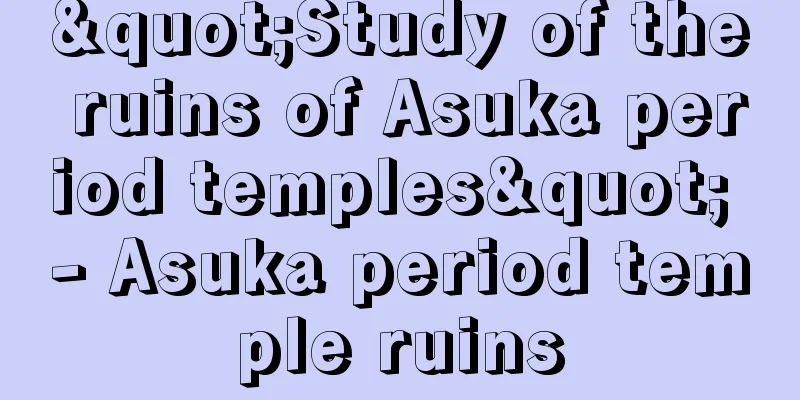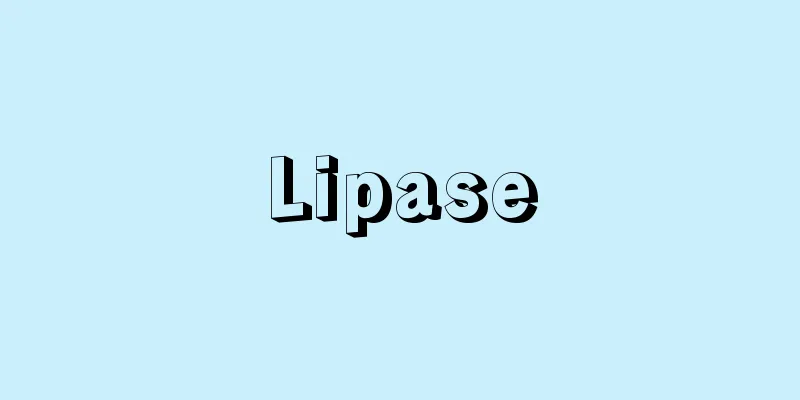The Last Supper - Saigo no Bansan (English spelling) last supper English

|
The supper that Jesus Christ shared with his apostles on the night before his crucifixion and death. Three gospels in the New Testament, Matthew (26:20-29), Mark (14:17-25), and Luke (22:14-23), report on this event. According to these gospels, the day before Jesus Christ was arrested and crucified, he ate dinner with the 12 apostles, told them about Judas' betrayal, blessed the bread and wine, and instituted the sacrament of the Eucharist with the words, "Take, eat; this is my body," and "Drink, all of you, from this cup; for this is my blood of the covenant, which is shed for many for the forgiveness of sins." [Keiji Otani] artAs exemplified by Leonardo da Vinci's mural (Refectory of the Santa Maria delle Grazie, Milan), the Supper has also become an important theme in art. As is clear from the Gospels, the first half of the Supper tells of the accusation of betrayal by Judas Iscariot, and the second half after Judas leaves symbolizes the sacrament (Matthew 26, Mark 14, Luke 22). Looking at the depictions of the Supper from the 12th century to the Renaissance, in Western European art, it is depicted as a dramatic scene in which the apostles are shaken by the words of Jesus Christ, "Amen, I say to you, one of you will sell me." On the other hand, in Byzantine art in Eastern Europe, the Last Supper as a sacramental ritual is depicted, focusing on the latter half of the Gospels. However, in Western Europe, after the Council of Trent in the late 16th century, the historical setting of the accusation of Judas' betrayal was abandoned, and the Last Supper as a sacramental scene began to be depicted. [Natori Shiro] [Reference] |Source: Shogakukan Encyclopedia Nipponica About Encyclopedia Nipponica Information | Legend |
|
イエス・キリストが受難と死の前夜に使徒たちとともにした晩餐。『新約聖書』の「マタイ伝福音書(ふくいんしょ)」(26章20~29)、「マルコ伝福音書」(14章17~25)、「ルカ伝福音書」(22章14~23)の3福音書が、このできごとを報じている。それによれば、イエス・キリストは捕らえられ、十字架につけられる前日、12人の使徒と夕食をともにし、ユダの裏切りを皆に告げ、またパンとぶどう酒を祝し、「取って食べなさい。これはわたしの体である」「皆、この杯から飲みなさい。これは、罪がゆるされるように、多くの人のために流すわたしの血、契約の血だからである」ということばで、聖体の秘蹟(ひせき)を制定した。 [大谷啓治] 美術レオナルド・ダ・ビンチの壁画(ミラノ、サンタ・マリア・デッレ・グラツィエ修道院食堂)に代表されるように、美術のうえでも重要な主題となっている。福音書の記述に明らかなように、晩餐のエピソードは、前半ではイスカリオテのユダの裏切りの告発が語られ、ユダが去ったあとの後半部分は聖餐の儀式を象徴したものとなっている(マタイ26章、マルコ14章、ルカ22章)。12世紀からルネサンス期へと至る時代の晩餐図をみると、西ヨーロッパの美術では、「アーメン、わたしは言う、あなた達(たち)の一人がわたしを売ろうとしている」というイエス・キリストのことばに揺れ動く使徒たちの劇的な場面として描かれている。 一方、東ヨーロッパのビザンティン美術では、福音書の記述の後半部分に焦点をあわせて、聖餐の儀式としての晩餐図が描かれている。しかし西ヨーロッパにおいても16世紀後半のトレント公会議ののちは、ユダの裏切りの告発という史伝的な場面設定をやめて、聖餐図としての最後の晩餐図に傾いてゆく。 [名取四郎] [参照項目] |出典 小学館 日本大百科全書(ニッポニカ)日本大百科全書(ニッポニカ)について 情報 | 凡例 |
Recommend
Rustam Khan
…It is located at a strategic point on the railwa...
Yao Guangxiao (English: Yao Guang-xiao; Yao Kuang-hsiao)
[Birth] 1st January (1335) [Died] Yongle 16 (1418)...
Kugugayatsuri - Kugugayatsuri
…Useful plants include Egyptian papyrus and plant...
Binet test
… Intelligence tests were first created in 1905 b...
Possibility - Corner
…Years of birth and death unknown. Born in Jigyan...
Kita Shichidayu Osayoshi
1586-1653 Oda-Toyotomi - A shite Noh actor from t...
Wasp fan beetle
...The growth process also undergoes hypermetamor...
Kediri (English spelling)
A city in the Java Timur Province in eastern Java,...
transit switching
… [Repeater] Repeaters are amplifiers inserted at...
Bay Area Rapid Transit
…Abbreviation for San Francisco Bay Area Rapid Tr...
Balticina finmarchica (English spelling)
…Spiny shrimps sometimes live in the grooves that...
Basic sentence patterns - Kisobunkei
…For this reason, further systematization is desi...
Will Grohmann
1887‐1968 German art historian and critic. In 1907...
Isbar - Isbar
… [A private house with a "red corner"]...
Aster (English spelling) Aster chinensis; aster
An annual plant of the Asteraceae family. Native t...
